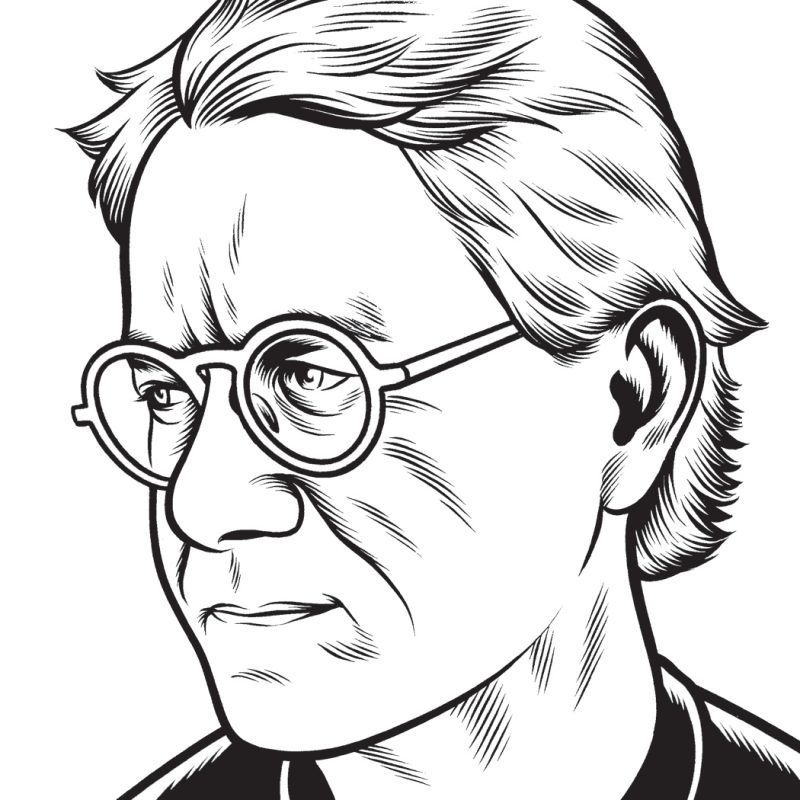SPECIAL FOREIGN CORRESPONDENT EDITION
(1) Miguel João (Chiado Square, Lisbon, April 6). A street singer with an early Springsteen look and an unusual style. Most people trying to sing songs on the order of the Wailers’ “Concrete Jungle” or Bob Dylan’s “Like a Rolling Stone”—songs that are like whales in their power to displace everything around them—act at least slightly embarrassed. João strummed sharply, with silences, and sang as if he’d written the tunes the night before—as if, with great seriousness, he was fooling with them, experimenting, working them out as you watched.
(2) A Canção da Saudade, directed by Henrique Campos (1964). At Leão d’Ouro in Lisbon, the literature professor Américo António Lindeza Diogo pulled out his iPod to pass around a perfect print of “the first Portuguese rock-and-roll movie.” Starring pop star Vitor Gomes and Ann-Margret lookalike Soledad Miranda, it’s a parable of cross-generational conflict as expressed through—and ultimately resolved by!—music: traditional fado v. the new sound, which ultimately blend into a new new sound. What’s so gripping about the film is that you may have already seen it a dozen times: with the same plot, the same faces, the same gestures, the same contrived, spontaneous songs and dances, the picture was made between 1957 and 1965 in the US, the UK, Germany, France—for all I know Canada, Mexico, South Africa, India, Brazil. All except for one stunning shot: the cast ringing a stairwell and looking down to the camera on the distant bottom, just like the Beatles on the cover of their first album.
3) William Eggleston, “Paris” (Fondation Cartier, Paris, through June 21). From Atget to Brassai to van der Elsken and beyond, in photographs Paris has always been a black-and-white city. The approach the Memphis color photographer takes is to all but escape Paris as a subject. His intent is not to capture a unique city but to let his eye move toward whatever attracts it, and the result is that the strongest images might have been made in Chicago, Beijing, Berlin, or Buenos Aires. One picture showed a tableau that could have come from any city where technology is advertising before it’s anything else. Oozing confidence, health, and freedom, a man and a woman walk down a corridor of an ultra-modern (which thus already looks out of date) gallery or mall or office building. But they appear superimposed, as if they’re projections, not people—and seemingly superimposed over them is an Asian man on a cell phone, bigger, and if anything more confident. In the background, an older couple walk away from our gaze; they seem both symbolic and dropped in. In the middle, shadows of two men in an office...
You have reached your article limit
Sign up for a digital subscription and continue reading all new issues, plus our entire archives, for just $1.50/month.
Already a subscriber? Sign in





